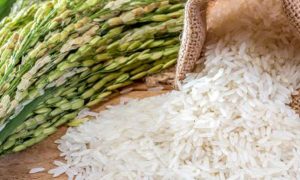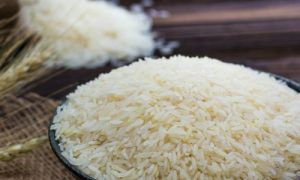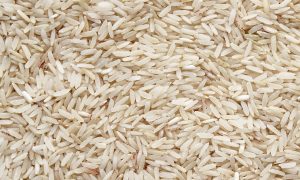Philippines : Inflation slows in March as rice, fuel prices decline

Philippine inflation slowed to 1.8% in March due to falling rice and fuel prices, down from 2.1% in February. Rice prices dropped 7.7% year-on-year, the largest decline since March 2020. Fuel and meat prices also eased. Core inflation fell to 2.2%. Government measures like the rice price cap and tariff cuts were credited for the drop, benefiting especially low-income households.
MANILA (UPDATE 2) — Inflation slowed in March as rice prices and fuel costs fell, according to the Philippine Statistics Authority. March inflation eased to 1.8 percent, which was slower than the 2.1 percent in February and 3.8 percent clip in January. National Statistician and PSA Undersecretary Dennis Mapa said the slower inflation rate was primarily due to slower price increases in food and beverages, as well as the fuel price rollbacks during the month.
Mapa said rice prices, in particular, decreased substantially in March when compared to the same month last year. Rice prices showed faster year-on-year decline at -7.7 percent in March from a -4.9 percent annual decrease in February. This was the biggest percentage price decrease since March 2020 when rice prices fell -8.4 percent, Mapa said.
“Ang magandang balita is bumaba talaga yung presyo ng bigas (The good news is rice prices have really fallen),” Mapa said.
While the reduction in rice prices was slower than expected after rice import tariffs were cut last year, the price decreases have quickened in recent months, he said.
Mapa noted that the average price of regular milled rice nationwide in March was P46.09 per kilo, which was down more than P5 from P51.11 in March last year. Meanwhile, well-milled rice meanwhile averaged P52.25 a kilo, down from P56.44 last year; while special rice was at P62.15 a kilo, also down from P64.75 in 2024.
Meat price increases also slowed to 8.2 percent during the month from 8.8 percent in February. Mapa however also said that meat prices were still high because of the effects of African swine fever on pork production.
Meanwhile, transport costs also declined due to the rollbacks in fuel prices. Mapa said gasoline prices fell by -7.5 percent year-on-year, while diesel prices fell by -5 percent annually.
Core inflation, which strips out food and fuel prices which are prone to big swings, also slowed to 2.2 percent in March from 2.4 percent in February, and 3.4 percent in March last year.
The situation also improved for the poorest 30 percent of the population which saw the inflation rate dip to 1.1 percent for people in this income category. This was down from 1.5 percent in February, and 4.6 percent in March last year.
From January to March, inflation averaged 2.2 percent, which was within the 2 to 4 percent target range of economic managers.
‘ON THE RIGHT PATH’
The Department of Agriculture said programs to temper rice prices have been effective in lowering prices in the market.
Earlier this year, they implemented a maximum suggested retail price (MSRP) for imported rice in January at P58 per kilogram, which was gradually reduced to P45 by March 31.
The DA also imposed an MSRP on pork earlier in March, contributing to lower meat prices.
“While some sectors doubted the effectiveness of our MSRP implementation, the inflation numbers clearly show that we are on the right path in protecting the welfare of millions of Filipino consumers, while also ensuring that agricultural workers and others in the value chain receive a fair return for their hard work,” said Agriculture Secretary Francisco P. Tiu Laurel Jr.
The National Economic and Development Authority, meanwhile said the government will continue to implement strategies to safeguard the purchasing power of Filipinos.
To read more about Rice News continue reading Agriinsite.com
















